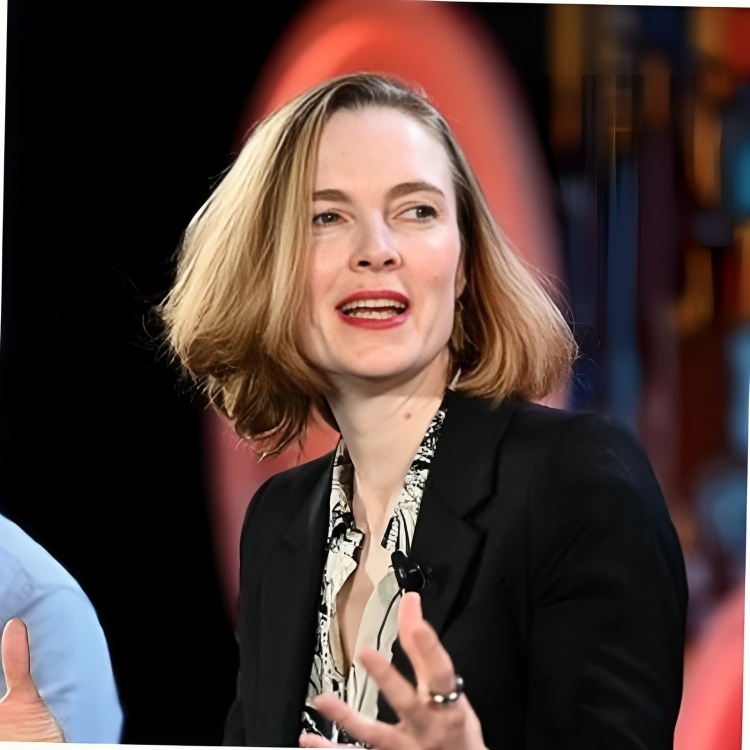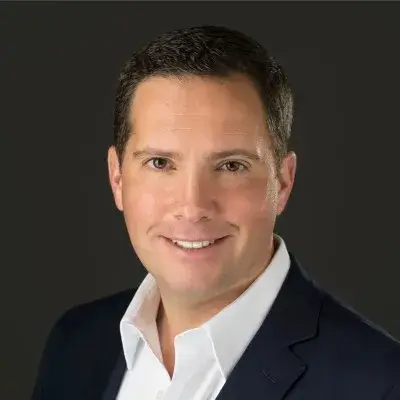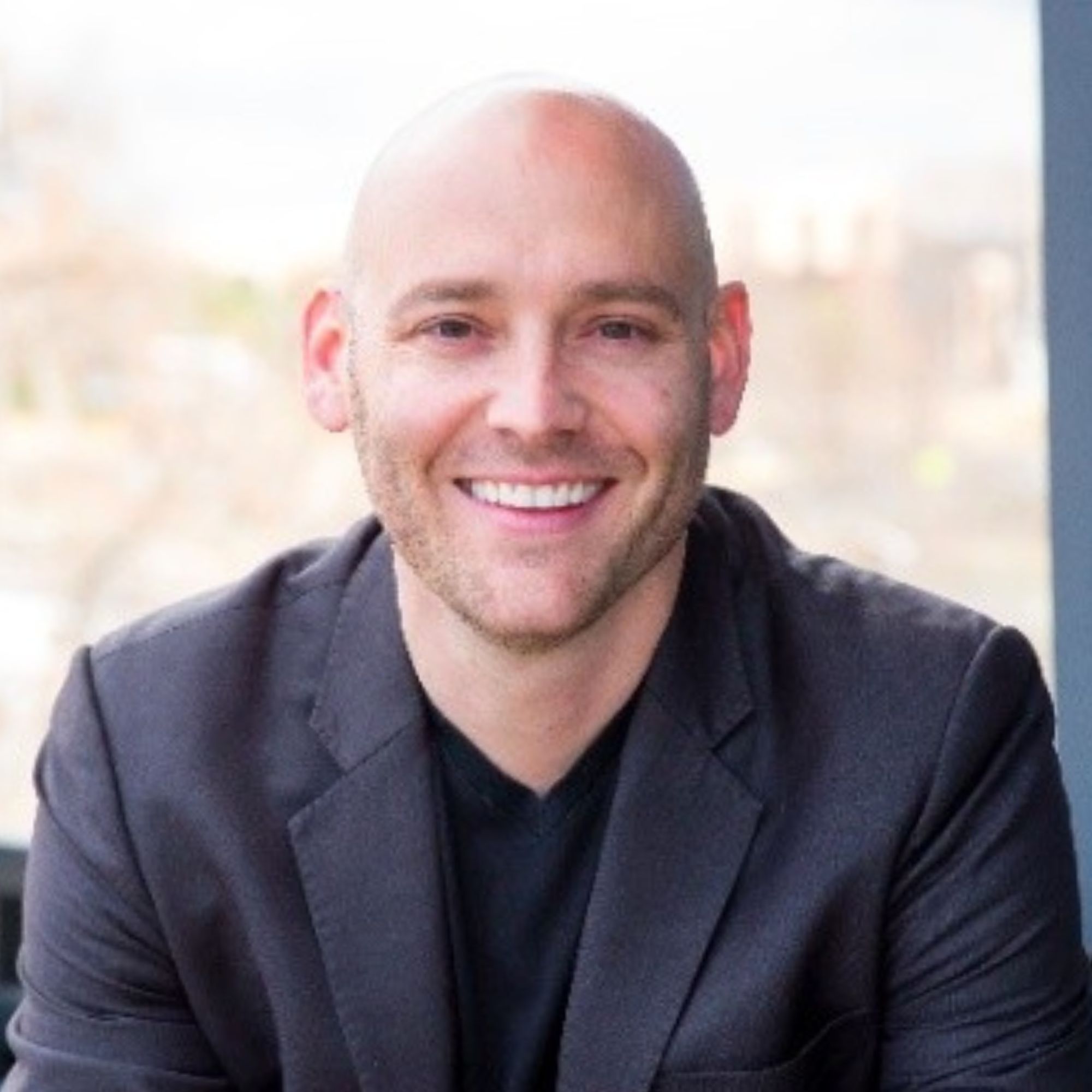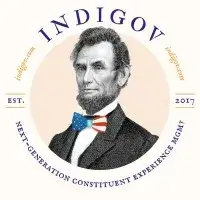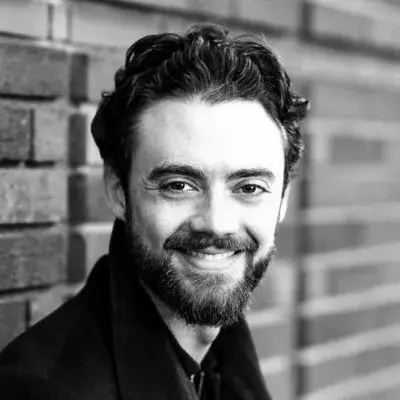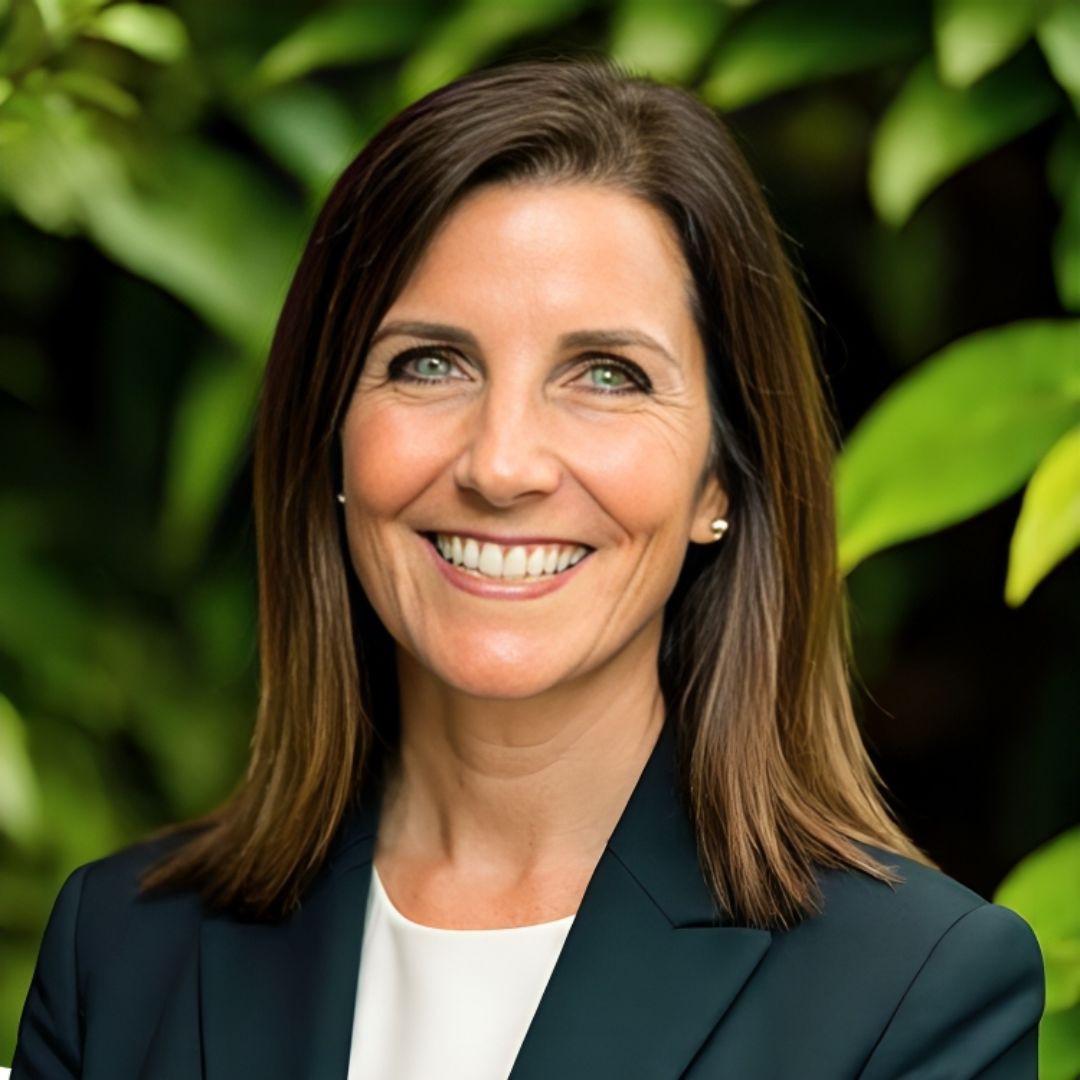Ready to launch your own podcast? Book a strategy call.
Frontlines.io | Where B2B Founders Talk GTM.
Strategic Communications Advisory For Visionary Founders
Conversation
Highlights
When Traditional Methods Fail: How Traxyl’s Innovative Fiber Installation is Tackling the Last Mile Problem
Sometimes the most transformative innovations start with a laugh. For Daniel Turner, CEO of Traxyl, it was the laughter of an ISP representative who drove out to his father’s house in Warrington, Virginia, only to tell him he’d never get fiber internet – despite being just 30 miles from Ashburn, the Internet’s epicenter.
“He drove out to his house and basically just laughed right in his face and just said, you’ll never get fiber to where you live,” Daniel recalled in a recent episode of Category Visionaries. “This idea of that ISP driver driving out to his house, using the road network to basically turn around and laugh and say, you’ll never get fiber to your home, that was where the start of this idea became, why couldn’t he just drive out and paint a line behind him and bring the Internet with him?”
That moment sparked an idea that would eventually become Traxyl – a company that’s revolutionizing fiber optic installation by literally painting cables onto paved surfaces. But the path from concept to execution was anything but straightforward.
The early days were marked by garage experiments and skepticism. “You start talking to people, and they’re literally laughing right in your face. They’re just like, fiber, like glass is just going to break on the road. This is just a terrible idea,” Daniel shared. Yet these initial experiments, despite their crude nature, proved promising. “Starting off crawling around on our hands and knees, having the cars drive in and out of the garage without disrupting the signal, I kind of, at that point, knew I was onto something because it just didn’t break immediately.”
Finding the right market fit proved to be an equally challenging journey. The company initially targeted individual homeowners and municipalities, but quickly discovered the complexity of stakeholder management. “To get fiber to my dad’s house required an ISP to deliver the services. It required the municipalities to approve the use on the roadway. It required the homeowners association in the neighborhood to approve that method to get it,” Daniel explained.
This realization led to a crucial pivot. Rather than trying to coordinate multiple stakeholders, Traxyl found success focusing on campus-like environments. “We found that focusing on campus like environments like bases or airports or shipping ports or schools where they own the surface, they want to extend the networks on, and they own the networks, they want to extend and they own where they want the network to go to. That’s really been our good go to market.”
The company’s business model evolved into a dual approach. One division handles installation and market education, while another manufactures and supplies equipment to existing fiber installation companies. This hybrid strategy allows Traxyl to both prove their technology and scale adoption.
Notably, Traxyl took an unconventional approach to funding, bootstrapping their way to significant revenue before raising external capital. “Let’s just keep trying to do this on our own. Let’s bootstrap it. Let’s utilize the SBIR program through the federal government,” Daniel explained about their early strategy.
Looking back, Daniel acknowledges that earlier focus on automation could have accelerated their progress. “If I had to start over, it would probably come to the realization sooner that I needed to build the machine that automate… getting that built a little sooner, working on that a little earlier than trying to go and just kind of flounder.”
Despite the challenges of building hardware in a complex industry, Daniel sees unique opportunities at the intersection of different sectors. “When you can find a little foothold that merges two mega industries together that really have no business working together and finding that overlap. I think that’s where some really cool opportunities exist.”
Looking ahead, Daniel envisions Fiber Tracks becoming a standard installation method, seamlessly integrated into network designs. His ultimate goal reflects the transformative potential of their innovation: “Having that global impact, because when you start looking at surfaces being the way to bring a connection or communication line, everything is a surface… If it’s just globally well known and well understood in ten years, that’d be my ultimate dream.”
Actionable
Takeaways
Pursue Disruptive Innovation:
Daniel's approach to 'painting' fiber optics onto roads is a radical departure from traditional installation methods. Don't be afraid to challenge the status quo in your industry with disruptive ideas that could lead to more efficient or cost-effective solutions.
Iterate Based on Feedback and Criticism:
TRAXyL faced skepticism initially but used this feedback to refine their product and business model. Embrace criticism as an opportunity to improve your offering and address market concerns.
Understand Your Customer Base:
Navigating the complex landscape of ISPs, municipalities, and homeowners helped TRAXyL refine their target customer. Conduct thorough market research to identify and understand your customer base for more focused and effective solutions.
Utilize Government and Military Contracts for Early Funding:
Like TRAXyL, consider leveraging government and military contracts for initial funding and validation. These opportunities can provide non-dilutive funding and help de-risk your technology for future investors.
Focus on a Hybrid Approach for Go-to-Market Strategy:
TRAXyL's hybrid approach—balancing direct installations with manufacturing and leasing equipment—highlights the importance of flexibility in your go-to-market strategy. Be open to adjusting your approach based on what works best for your technology and market.

